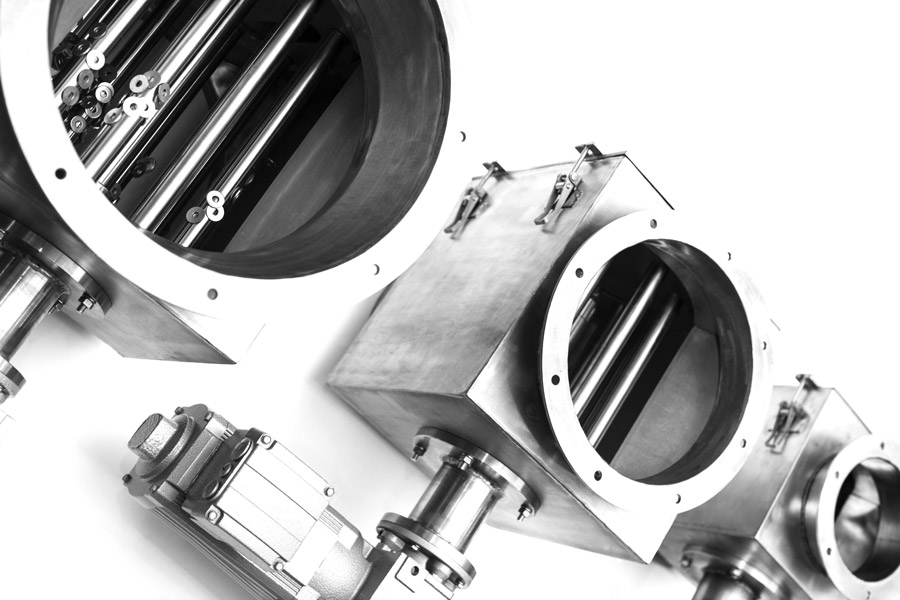Learn more about the different applications of magnets in the plastics industry
If the material of the 19th century was steel, there is no doubt that the material of the 20th and 21st centuries is plastic. This material has many properties and is one of the most moldable that exist; allowing its use in applications of the most diverse from plastic film papers to much thicker and more resistant materials such as polymers. Plastics, whose manufacture involves magnets, occupy a very important place in the global production system and play a fundamental role in the economy.
In order to make plastic, it is necessary
to process the oil that is extracted in wells and then refined in a specific
way to create plastic. Depending on the type of plastic that is created, the
process of refining and manufacturing will be totally different. Thus, this
petroleum derivative is produced in high-tech centres where the manufacturing
process can vary from one plastic to another. In general, both moulds and
magnets are used to achieve, throughout the production chain, a high quality
product with the precise characteristics for its intended use.
Throughout the production process of
plastic materials we can observe the presence of calenders, as well as cutting
shredders. This type of machines, indispensable for the manufacture of plastic,
are protected along the production chain by various sets of magnets that are in
charge of their defense. Thus, injection moulding machinery, extruders,
granulators or mills can carry out their work in complete safety and without
the risk of any type of interruption due to misuse.
On the other hand, during the plastic production process, magnets play a fundamental role - just as in the mass production processes of other materials and components - as a tool for effectively fixing, handling and transporting moulds.
The
different applications of magnets
In addition to separating moulds, magnetic
separation magnets have other applications.
All this cleaning function is obtained thanks to the installation of specific magnets throughout the entire process or production chain. Thus, in a manufacturing plant, treatment or modification of plastic we can see that there are magnets of various models such as magnetic grills, magnetic filters or magnetic separators, also present in manufacturing plants of other types of products such as food products.
It should be noted that if magnets are not
present throughout the production process, the plastic produced in this type of
centres and manufacturing plants could have impurities that could harm its use
or make it impossible, as well as, on the other hand, could damage the
manufacturing mechanisms and devices with the presence of impurities or
unwanted magnetic elements that could compromise the safety and integrity of
the components of the assembly line, preventing the adequate and sustainable
production of the plastic.











